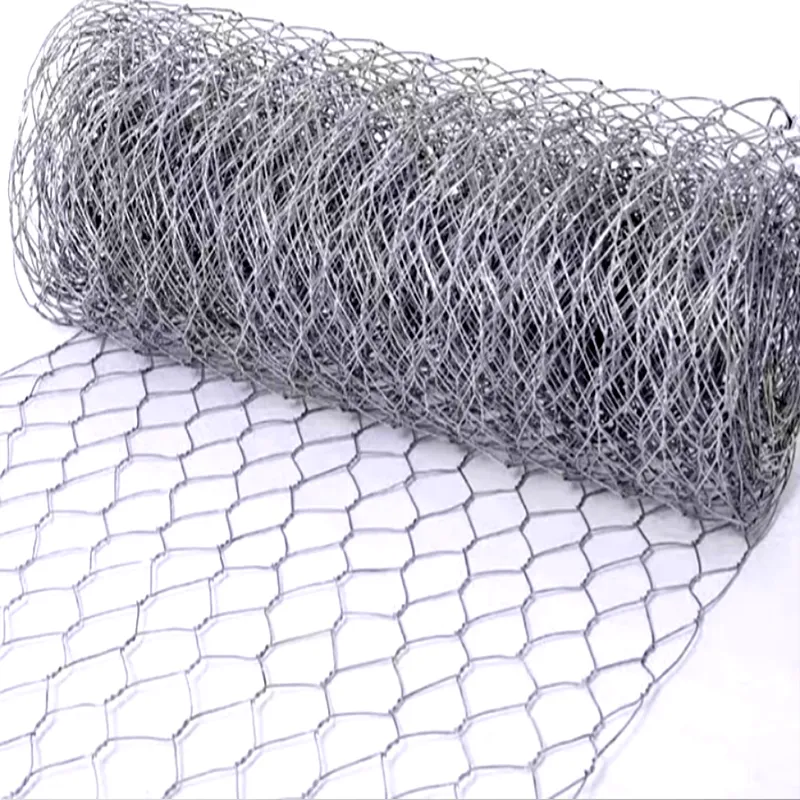-
 Phone:
Phone: -
 Email:
Email:

Eco-Friendly Slope Stabilization Techniques Using Rock Netting for Effective Erosion Control
Rock Netting Slope Protection A Sustainable Approach to Erosion Control
In recent years, the importance of sustainable and effective erosion control methods has come to the forefront of environmental engineering. With the increasing frequency of landslides and soil erosion due to factors like heavy rainfall, deforestation, and urbanization, innovative solutions are necessary to protect vulnerable slopes. One such method that has gained popularity is rock netting slope protection. This technique combines the principles of geotechnical engineering and environmental stewardship to create a sustainable barrier against the forces of nature.
Rock netting involves the use of flexible, durable nets made of high-strength steel or synthetic materials, which are anchored to the slope and covered with or placed over loose rocks or boulders. The primary aim is to stabilize loose materials on slopes and minimize the risk of rockfalls and soil erosion. By employing rock netting, engineers create a protective layer that holds sediment in place while allowing for natural vegetation growth, which enhances the ecological balance of the area.
Advantages of Rock Netting
One of the significant advantages of rock netting slope protection is its adaptability to various terrains and climates. Unlike traditional concrete barriers that can be unsightly and often detrimental to local ecosystems, rock netting blends seamlessly into the natural environment. Its flexible design allows it to conform to the contour of the slope, providing both stability and aesthetic appeal. Additionally, the openness of the netting facilitates the natural passage of water, reducing the risk of ponding and subsequent erosion.
Another critical benefit of this erosion control technique is its cost-effectiveness. Rock netting often requires fewer materials and less labor than alternative methods, such as retaining walls or extensive grading. Furthermore, its installation is generally quick, minimizing disruption to the site and the surrounding ecosystem. This efficiency can significantly reduce project timelines and budgets, making it an attractive option for civil engineers and environmental planners.
rock netting slope protection

Long-Term Sustainability
Rock netting also promotes long-term sustainability through its support of ecological processes. As the protective netting allows for the establishment of vegetation, the roots of plants grow over time, further stabilizing the soil and enhancing the slope’s resilience against erosion. Native plants can thrive in these protected areas, fostering biodiversity and contributing to the local ecosystem. The presence of vegetation also helps improve air quality, combat climate change, and support wildlife habitats.
Importantly, rock netting provides a viable solution in areas prone to natural disasters, such as landslides and rockfalls. By providing an effective means of stabilization, rock netting can mitigate the impacts of these events, protecting infrastructure and ensuring the safety of communities. When integrated into broader land management practices, rock netting can facilitate responsible development in sensitive areas, promoting a balance between human needs and environmental preservation.
Conclusion
As the world grapples with the consequences of climate change and increasing human activity on natural landscapes, innovative and sustainable erosion control methods are more crucial than ever. Rock netting slope protection represents a forward-thinking approach to erosion control, marrying engineering efficiency with environmental responsibility. Its adaptability to various environments, cost-effectiveness, and promotion of ecological health make it a compelling choice for addressing one of the most pressing challenges in land management today.
By leveraging resources like rock netting, we can protect vulnerable slopes, ensuring safety for communities while preserving the natural beauty of our landscapes. As more engineers and planners recognize the value of sustainable practices, the adoption of rock netting slope protection will likely increase, paving the way for a greener and safer future.
-
Wire Mesh for Every Need: A Practical SolutionNewsJul.25,2025
-
Steel Fences: Durable, Secure, and Stylish OptionsNewsJul.25,2025
-
Roll Top Fencing: A Smart Solution for Safety and SecurityNewsJul.25,2025
-
Cattle Farm Fencing Solutions for Maximum SecurityNewsJul.25,2025
-
Affordable Iron Binding Wire SolutionsNewsJul.25,2025
-
Affordable Galvanized Wire SolutionsNewsJul.25,2025
-
Wire Hanger Recycling IdeasNewsJul.25,2025








